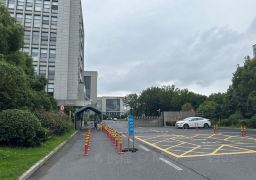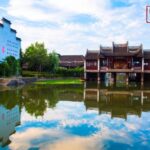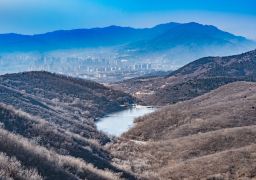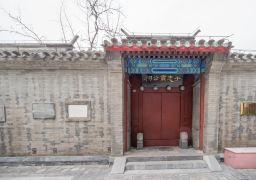The museum, situated in Qiantang District, spans an area of over 30 mu and boasts an impressive collection of one thousand mulberry trees outdoors. Its entrance is a sight to behold, with a grandeur that leaves a lasting impression.

Stepping inside, the exhibition hall is meticulously organized into five distinct areas, each dedicated to a unique aspect of silk’s rich tapestry:
1. The Silk Road: A journey through the historical trade routes that connected East and West, showcasing the global impact of silk.
2. The Development History of the Silk Industry: A comprehensive look at how the silk industry has evolved over time, from its humble beginnings to its current state.
3. The Development of Modern Wensli: An exploration of how traditional silk craftsmanship has been adapted and modernized in contemporary times.
4. Silk Weaving Works of Intangible Cultural Heritage Inheritors: A showcase of the exceptional skills and artistry of those who carry on the legacy of silk weaving, recognized as an intangible cultural heritage.
5. The Printing and Inkjet Experience Area: An interactive space where visitors can experience the processes of printing and dyeing silk firsthand.
The museum’s exhibits are a testament to the intricacies of silk production. On display are silk cultural relics such as early silkworm cocoons and silk fabrics, as well as production tools like spinning wheels. Additionally, the museum features intangible cultural heritage artworks such as kesi and Song brocade, offering a glimpse into the mastery and beauty of traditional silk art forms.
This curated collection not only informs but also immerses visitors in the world of silk, from its cultivation and production to its cultural significance and artistic expression.









